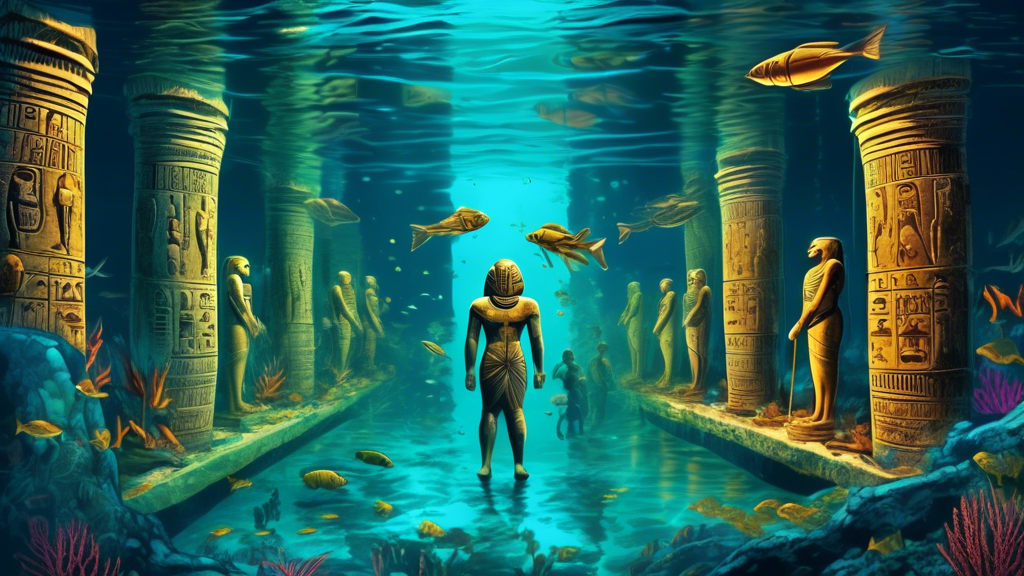The Nile River, long a source of mystery and fascination, has yielded yet another treasure from its depths. A team of divers, in a routine underwater exploration mission, has uncovered a series of carvings depicting ancient Egyptian pharaohs. This remarkable find promises to shed new light on the history and culture of ancient Egypt, offering fresh insights into a civilization that continues to captivate the world.
The Discovery
The archaeological diving team, led by renowned archaeologist Dr. Sarah Langford, was conducting a survey in a previously unexplored section of the Nile near the city of Luxor. It was during this expedition that they stumbled upon what appeared to be a submerged structure adorned with intricate carvings.
Dr. Langford expressed her excitement: Upon closer inspection, we realized that these carvings were not just random markings but deliberate depictions of pharaohs and possibly deities. The level of detail and craftsmanship is extraordinary, suggesting these were created by skilled artisans.
Significance of the Carvings
The carvings are believed to date back to the New Kingdom period, which spanned from approximately 1550 to 1077 BCE. This era is often referred to as the height of ancient Egyptian power and glory, marked by the reigns of famous pharaohs such as Tutankhamun, Ramses II, and Hatshepsut. The discovery of these carvings adds another layer of understanding to this period.
Anthropologist Dr. Ahmed Khaled provided further context: These carvings could represent important historical events, religious practices, or even everyday life. The presence of pharaohs in the carvings indicates that the area once held significant importance, possibly as a religious or administrative center.
Preservation and Study
Following the discovery, efforts have been made to preserve the carvings while studying them in detail. The Egyptian Ministry of Antiquities has sanctioned a dedicated team to oversee the conservation process, ensuring that the carvings remain intact while research continues.
State-of-the-art imaging technology is being employed to create detailed digital replicas of the carvings. This will allow researchers around the world to study the artifacts without causing any physical harm to them. In addition to digital preservation, a careful excavation plan has been put into place to uncover any other potential artifacts in the vicinity.
Implications for Egyptology
The discovery of these carvings has sent ripples through the field of Egyptology. For decades, scholars have pieced together the chronology and culture of ancient Egypt through a combination of temple inscriptions, tomb paintings, and other archaeological finds. This new discovery provides an additional rich source of data to work with.
Dr. Langford noted, Each new find continues to shape and sometimes radically alter our understanding of ancient Egypt. The Nile has always been central to Egyptian civilization, and finds like these remind us of the many secrets it still holds.
As research and conservation efforts continue, the team remains hopeful that further underwater explorations will reveal even more about this fascinating civilization. For now, the carvings stand as a testament to the enduring legacy of the pharaohs who once ruled the banks of the Nile.


